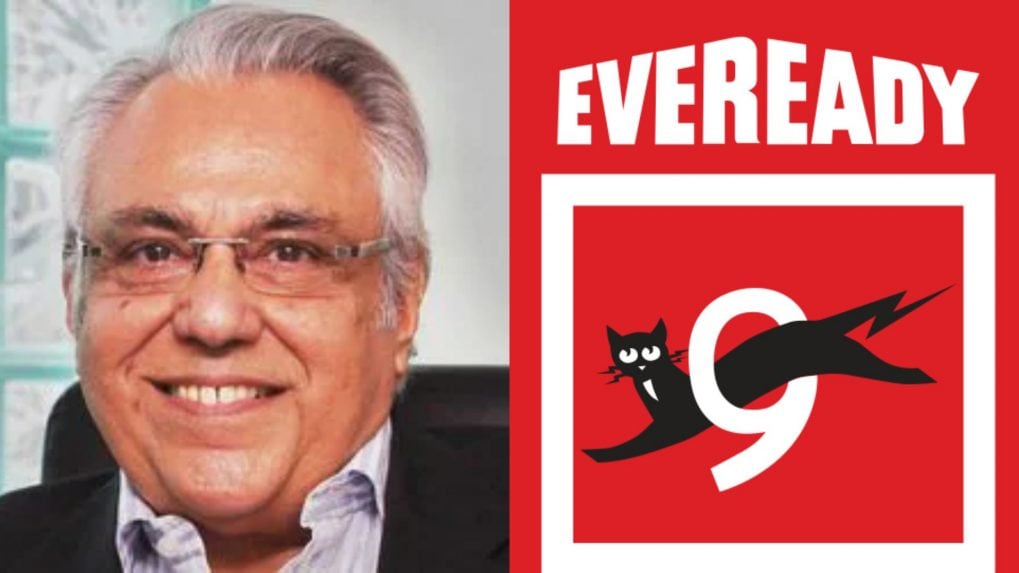How it Works
Tech layoffs 2025: The biggest job cuts in Silicon Valley and beyond

It was 1973 when the late Diwan Arun Nanda, a gold medallist from the Indian Institute of Management, Ahmedabad (IIM-A), was working at FMCG major Hindustan Unilever (HUL). He decided to call it quits and venture into the world of advertising to start his own agency. Nanda partnered with his friend and businessman Ajit Balakrishnan, along with Mohammed Khan, to set up Rediffusion in Bombay (now Mumbai). Incidentally, Balakrishnan later co-founded Rediff.com as well, as explained in a media article.
Three years later in 1976, Rediffusion opened its office in Kolkata. Subhash Chakraborty, the branch head at the time, received word that the account of battery company Eveready was up for grabs. Back then, Eveready — formerly known as Union Carbide India — was a subsidiary of the American firm Union Carbide Corporation. Despite three major advertising agencies already in the fray, Nanda and his team decided to participate in the pitch.
Just three weeks after the pitch, Rediffusion was brought on board as Eveready’s agency. At the time, Eveready had three battery variants—red, blue, and white. Interestingly, each battery was identified more by a number representing its voltage than by a distinct brand identity.
As a test, the client—R. Natarajan, Director, South East Asia, Union Carbide—handed Nanda one product to work on: the red battery. It was primarily used in transistors, was leak-proof, cost 20 percent more than its counterparts, and was struggling in sales.
Rediffusion responded with a targeted print campaign: “The Chosen One. For your transistor.” But the effort didn’t stop there. A series of cinema-specific ad films followed, featuring animated, talking transistors voiced by impersonators mimicking Bollywood legends Amitabh Bachchan, Dilip Kumar, and Dev Anand. These transistors were shown whining about sore throats and singing Bollywood songs—a creative, humorous take that resonated with the audience.
The ad films hit the bull’s-eye—brand perception improved, and sales followed.
However, in 1984, the Bhopal gas tragedy at Union Carbide’s pesticide plant—one of the worst industrial disasters in history—cast a long shadow. The company went silent for nearly a decade. Yet, Nanda didn’t abandon the brand.
In 1993, Eveready made a powerful comeback with the now-iconic campaign: “Give Me Red.” A year later, in 1994, the brand was acquired by the Khaitan family.
Mahesh Mathai, founder of Highlight Films and director of the original Give Me Red films, noted in the article that the battery market was opening up in the early 1990s. With the entry of consumer electronics like cameras and Walkmans, Rediffusion focused on portraying how modern, young Indians were using batteries in a contemporary context.
Over the years, Eveready expanded its portfolio to include electrical appliances and even confectionery. The brand also enjoyed celebrity endorsements from Bollywood icons like Hema Malini, Sulakshana Pandit, Amitabh Bachchan, and Shashi Kapoor, with the tagline: “Laal Eveready – The Chosen One.”
Among all brand ambassadors, Akshay Kumar has arguably been the most recognizable face of Eveready. He was signed in as the ambassador in 2011, and it concluded in 2024.
Read More: Homegrown ad agency Rediffusion turns 50
Today’s B2B marketers wear many hats: strategist, technologist, and storyteller.
Read MoreThe Online Gaming Bill 2025 imposes severe penalties, allows warrantless search and seizure, and empowers a central authority to regulate the digital gaming ecosystem. It is expected to disrupt platforms, payment systems, and advertising in the sector. Here's all you need to know about the bill.